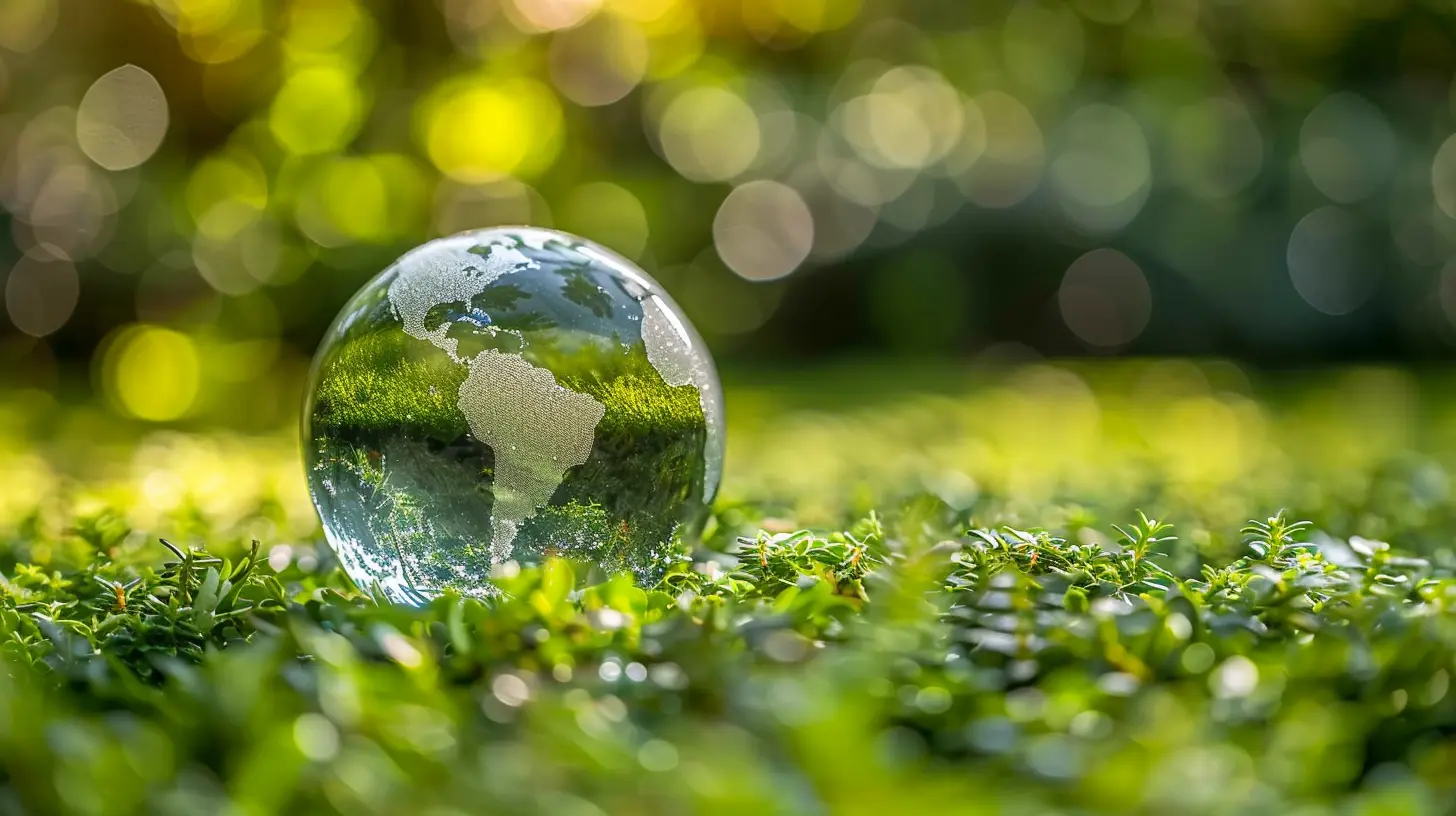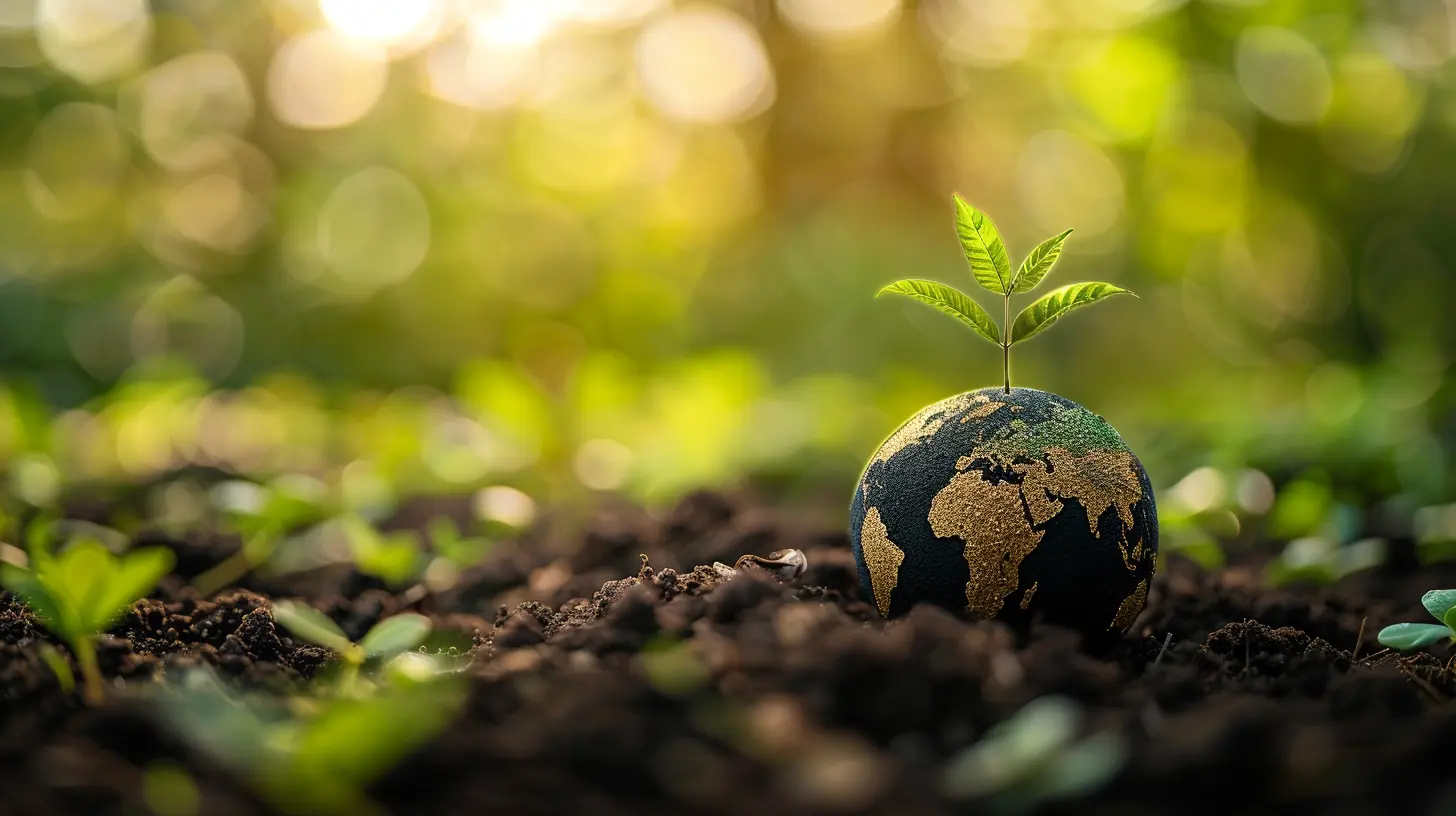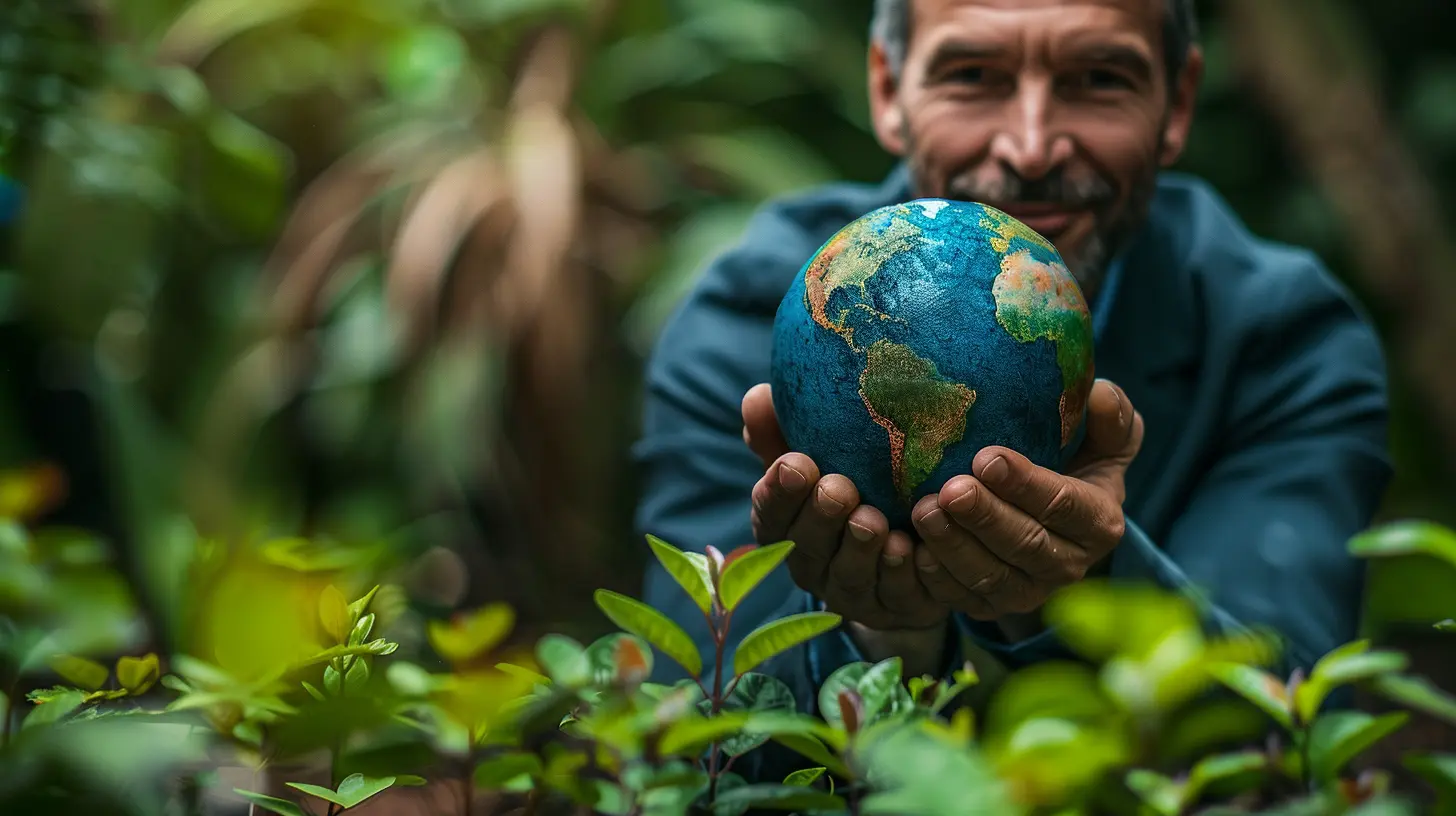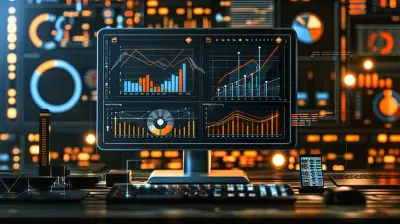Balancing Growth and Sustainability in a Global Marketplace
10 October 2025
Can We Have Our Cake and Eat It Too?
Alright, folks, let's talk business—big, bold, and ever-expanding business. Growth is the name of the game. Every company dreams of going global, raking in profits, and having its logo plastered on billboards from Times Square to Tokyo. But wait! There's another buzzword in town: sustainability.
Ah yes, sustainability—the broccoli of the business world. We all know we should have it, but when faced with a big juicy steak of rapid expansion, it often gets left on the plate. The question is: Can businesses truly balance growth and sustainability? Or are we stuck in an eternal tug-of-war between making money and saving the planet?
Let’s break it down, shall we? 
The Growth Addiction: Why We Just Can’t Stop
Let's be honest: we humans love growth. More customers? Yes, please! Bigger profits? Absolutely! A global empire? Now we’re talking!Businesses, much like that friend who won’t stop adding side hustles, are always looking for ways to scale up. And in the digital age, global expansion is easier than ever—just one viral TikTok, and BAM! You’re shipping products worldwide.
But here’s the catch: growth without a plan is like eating fast food every day. Sure, you’ll get bigger… but not in the way you want. Uncontrolled expansion often leads to resource depletion, environmental harm, and—ironically—long-term instability.
Ever heard of companies that exploded onto the scene only to crash and burn because they couldn’t sustain their success? Yep, growth without sustainability is basically a business version of a one-hit wonder. 
Sustainability: The Party Pooper That Saves the Day
Now, let’s talk sustainability—the responsible, sensible angel on your shoulder. It’s about adopting business practices that aren’t just profitable today but keep the world liveable tomorrow.When companies say, "We’re going green!" it shouldn’t just mean changing the logo color. We’re talking about real, measurable efforts:
- Eco-friendly production – Because nobody wants the guilt of buying a t-shirt that cost the rainforest a chunk of its existence.
- Ethical sourcing – No more horror stories about sweatshops and unethical labor practices, thank you very much.
- Reducing waste – Less plastic, more biodegradable goodness.
- Energy efficiency – Saving power not only helps the planet but also reduces those terrifying electricity bills.
The point is, businesses need to think long-term, not just about the next quarterly report. 
Growth and Sustainability? Yes, It’s Possible!
Now, you may be thinking, “Okay, balancing growth and sustainability sounds great, but is it actually doable?” The answer? Absolutely! Companies around the world are proving that you can have both—if you're willing to be smart about it.1. Sustainable Innovation – The Secret Sauce
Innovation is the bridge between growth and sustainability. Think electric cars, biodegradable packaging, and energy-efficient buildings. Many companies are investing in eco-friendly technology that not only helps the planet but also boosts their bottom line.Take Tesla, for example. They didn’t just create electric cars because it was trendy—they saw a massive market opportunity. Now, other car manufacturers are scrambling to catch up. Smart, right?
2. Circular Economy – The Business Version of Recycling
Traditional businesses operate like this:1. Make product
2. Sell product
3. Watch product become waste
4. Repeat
But what if businesses adopted a circular economy model instead? This means designing products that can be reused, repaired, or recycled. Brands like Patagonia are already doing it—offering repair programs and encouraging customers to buy second-hand.
It’s sustainability and customer loyalty wrapped in one neat package!
3. Localizing Supply Chains (A.K.A. Stop Shipping Everything from One Corner of the World)
Remember when global supply chains went haywire, and suddenly everything from toilet paper to microchips was impossible to find? Yeah, that was a wake-up call.By establishing local supply chains, companies reduce carbon footprints, cut costs, and make operations more resilient. It’s like eating local produce instead of buying apples flown in from across the world—it just makes sense.
4. Transparency – Because Nobody Likes a Shady Business
Customers are smarter than ever. They want to know where their products come from, how they’re made, and whether the company is actually sustainable or just "greenwashing."Companies that openly share their sustainability efforts (and progress) build trust. And trust is pure gold in the marketplace. 
Real-Life Success Stories (Because Proof Is Better Than Hype)
Plenty of businesses are crushing it by balancing rapid growth and sustainability. Here are a few icons leading the way:- Nike: From being criticized for poor labor practices to now using recycled materials and committing to carbon reduction, Nike’s transformation is impressive.
- Unilever: A sustainability powerhouse, they’ve committed to cutting waste, reducing plastic use, and sourcing responsibly.
- LEGO: They’re moving towards plant-based bricks and aiming for zero waste production. Now that’s building a better future—literally.
These companies prove that doing good and making money aren’t mutually exclusive.
The Role of Consumers—Yes, That Means You!
Here’s the deal: businesses follow the money. If consumers demand sustainable products, companies will listen. Every time you choose a brand that prioritizes ethical practices, you’re voting for a better marketplace.Want companies to stop dumping plastic into the ocean? Stop buying single-use plastics. Want fair wages for workers? Support ethical brands. Companies change when their customers demand it—so let’s start demanding better.
The Final Verdict: Striking the Balance
Balancing growth and sustainability in a global marketplace isn’t just some idealistic fantasy—it’s the future of business. Companies that figure it out will thrive, while those ignoring sustainability will get left behind.The secret? Smart innovation, responsible practices, and long-term thinking. Because growing at the cost of the planet (or people) is just bad business in the long run.
So, can we have our cake and eat it too? With the right strategy, absolutely! The key is making sure that cake isn’t made with ingredients that ruin the environment.
Now, go out there and support businesses that care about more than just profits—because the future depends on it.
all images in this post were generated using AI tools
Category:
SustainabilityAuthor:

Lily Pacheco
Discussion
rate this article
1 comments
Madison Duffy
Profit wisely, sustain globally.
October 14, 2025 at 10:35 AM


